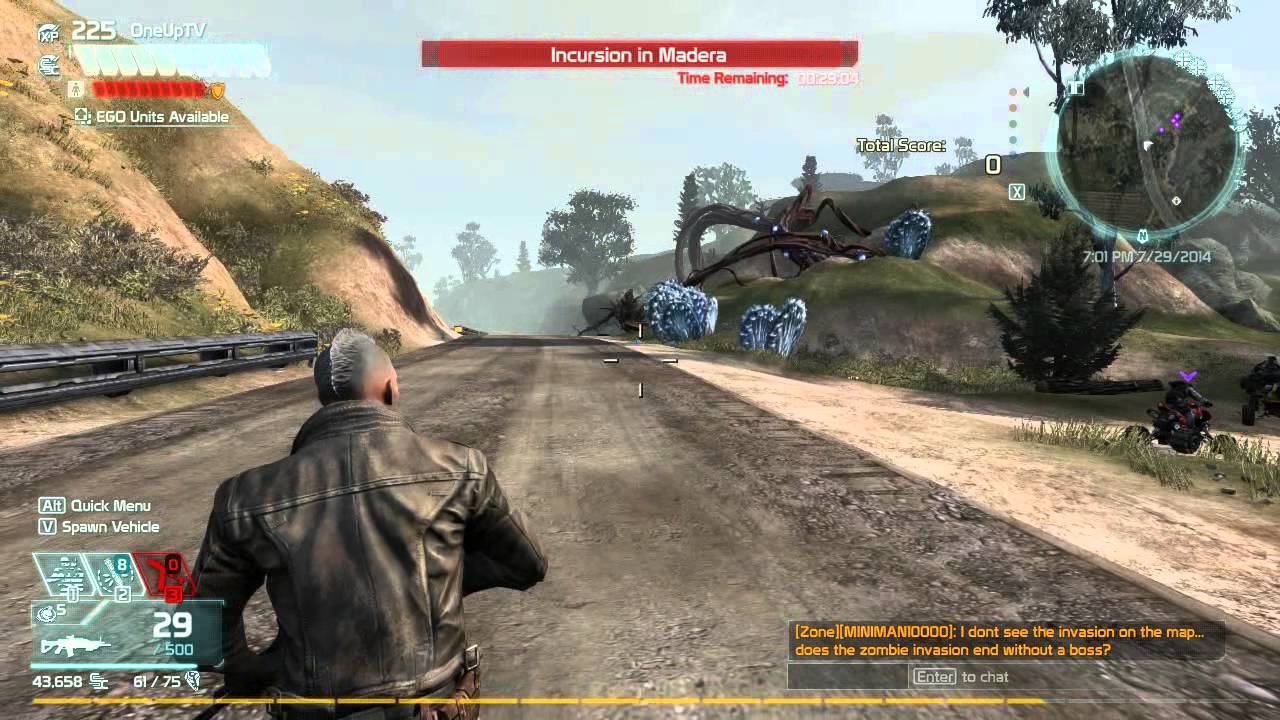

If you’re only getting 67 frames per second on a 144Hz monitor-or even worse, 30fps on a 60Hz monitor-you’ll likely still experience motion blur, and you should turn down some of your game’s graphics settings so it can crank out more frames. So open your current game of choice and track how many frames per second you're getting. More modern games require a more powerful CPU and GPU to run that smoothly, especially at higher resolutions like 1440p or 4K. The other half of the equation concerns your PC and its ability to generate frames at that pace. Just because your screen can refresh at 144Hz doesn’t mean you’ll see 144 frames per second it just means your monitor is capable of showing that many distinct frames. (If your monitor can’t go higher than 60Hz, you may even be able to overclock it a bit-but that’s a whole separate topic.) Improve Your Game's Frame Rate On the Monitor tab, click the Screen Refresh Rate drop-down and crank it as high as it can go. So if you have a high refresh gaming display, head to Settings > System > Display, scroll down and click Advanced Display Settings, then choose Display Adapter Properties for. This may seem obvious, but every week I hear about another gamer who bought a 144Hz monitor and didn’t notice a difference because they forgot to actually enable that refresh rate in Windows. To do this, though, you need a monitor with a higher refresh rate, and you actually need to turn that refresh rate on in Windows. With a higher refresh rate, each image stays on the screen for a shorter amount of time before shifting to its next position. If you can increase the number of frames shown each second, you can alleviate this blur (though it probably won’t eliminate it completely).



(Blur Busters has a great explainer of this oddity, if you want to dive deeper.) As your eye tracks the object across the screen, expecting smooth motion, your brain injects some blur to the motion. They stay in one place for 1/60th of a second, then appear in another spot for another 1/60th of a second, and so on. Here’s why this matters: on a sample-and-hold display like an LCD, moving objects on the screen aren’t actually moving the way your eye expects them to. Many monitors, though-particularly gaming-focused ones-can run at 90Hz, 144Hz, or even higher. Most standard computer monitors refresh at 60Hz, or 60 times per second. Turn Up the Refresh RateĪn LCD monitor’s refresh rate determines how many times the display refreshes the picture on screen. You can usually press a button on the side or bottom of the monitor to navigate the onboard settings. If you aren’t sure how to get into your monitor’s on-screen display (OSD), check its manual.


 0 kommentar(er)
0 kommentar(er)
